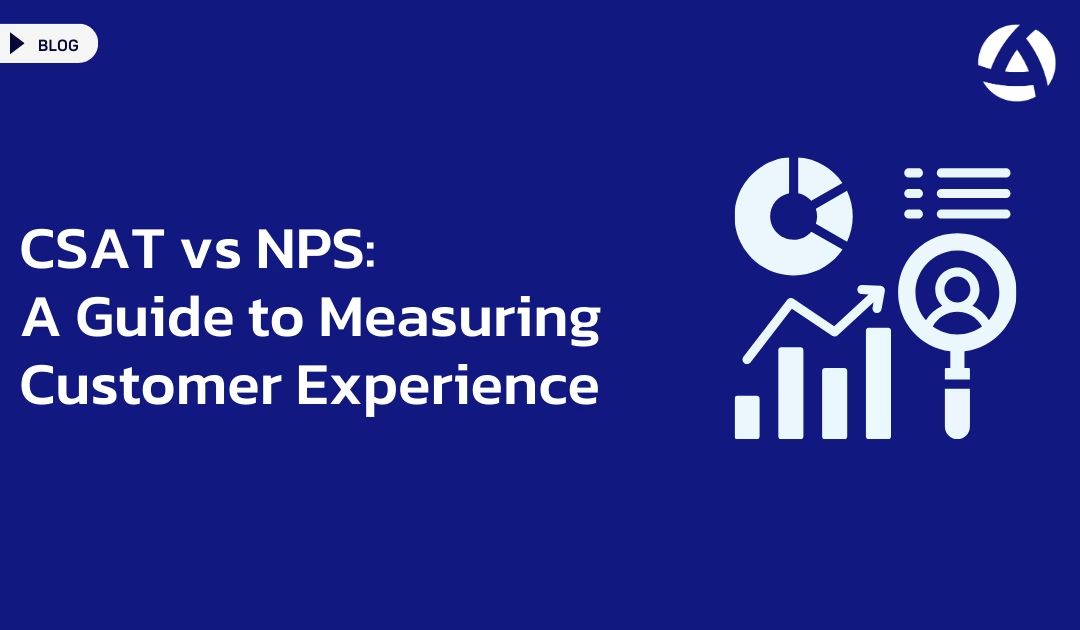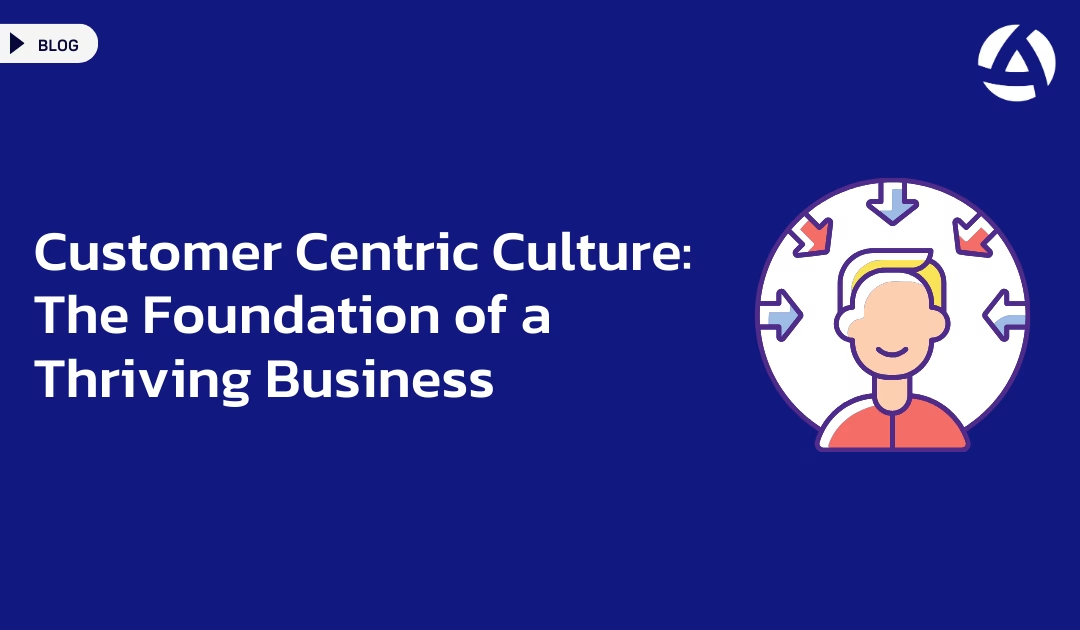Measuring customer satisfaction and loyalty is a must for businesses aiming to improve their customer experience strategy. When it comes to evaluating these aspects, CSAT vs NPS is often a key consideration. This article breaks down the differences, benefits, and applications of each to help you decide which aligns best with your business goals.
What Is CSAT?
CSAT measures how satisfied customers are with a specific interaction, product, or service. It’s typically gauged through a single question, such as:
“How satisfied were you with your experience?”
Responses are often collected on a scale ranging from “very satisfied” to “very dissatisfied.”
Key Benefits of CSAT:
- Pinpoints areas for immediate improvement.
- Focuses on short-term satisfaction.
- Can be used across various customer touchpoints.
What Is NPS?
NPS evaluates customer loyalty by asking a simple question:
“How likely are you to recommend our product/service to a friend or colleague?”
Responses fall on a scale from 0 to 10, divided into:
- Promoters (9-10): Highly loyal customers.
- Passives (7-8): Neutral customers.
- Detractors (0-6): Unsatisfied customers.
The NPS is calculated by subtracting the percentage of detractors from the percentage of promoters.
Key Benefits of NPS:
- Provides a long-term view of customer loyalty.
- Helps track overall brand perception.
- Simple and universally understood metric.
CSAT vs NPS: Key Differences
While both metrics serve to measure customer sentiment, they have distinct purposes:
- CSAT focuses on satisfaction: Best for assessing individual transactions or experiences.
- NPS emphasizes loyalty: Ideal for understanding the customer’s relationship with your brand as a whole.
Using Both Metrics Together
For a comprehensive view of customer experience, businesses often use both CSAT and NPS. For instance:
- Use CSAT to address short-term concerns, such as a recent customer service interaction.
- Use NPS to assess the likelihood of customers becoming repeat buyers or brand advocates.
The Role of Sentiment Analysis
Sentiment analysis plays a critical role in understanding the “why” behind your CSAT and NPS scores. By analyzing open-ended feedback, sentiment analysis can:
- Identify patterns in positive or negative responses.
- Highlight recurring customer pain points.
- Provide deeper context to numerical scores.
For example, customers may rate their experience poorly on CSAT but leave comments about specific issues. Sentiment analysis helps uncover trends in these comments, enabling proactive solutions.
How to Choose the Right Metric for Your Business
Selecting between CSAT and NPS depends on your objectives:
- Choose CSAT if your focus is on transactional satisfaction or specific interactions.
- Opt for NPS if you’re evaluating long-term customer loyalty and advocacy.
In some cases, incorporating both metrics and sentiment analysis can offer a holistic understanding of your customer experience.
Adding oCX to the Mix
While CSAT and NPS rely on structured feedback through surveys, oCX (Observational Customer Experience) provides an innovative, survey-free way to gauge customer experience. Using advanced AI technology, oCX analyzes unstructured text data from social media, review sites, and other online platforms. This allows businesses to measure customer sentiment and satisfaction by observing authentic, unsolicited feedback in its natural context.
The AI-powered methodology behind oCX assigns numerical scores to written comments, creating an NPS-like metric without the need for direct customer surveys. This unique approach not only captures a richer, more nuanced perspective of the customer experience but also offers a scalable solution for analyzing vast amounts of unstructured data. By complementing traditional metrics like CSAT and NPS, oCX empowers businesses with deeper insights to refine their strategies and deliver exceptional customer experiences.
Conclusion
Understanding the strengths and applications of CSAT and NPS is essential for developing an effective customer feedback strategy. By using these metrics wisely—individually or together—you can gain valuable insights into customer satisfaction and loyalty, helping your business thrive.
Frequently Asked Questions
Can I use both CSAT and NPS at the same time?
Yes, combining CSAT and NPS provides a more comprehensive view of customer experience. CSAT focuses on short-term satisfaction, while NPS assesses long-term loyalty.
How does sentiment analysis complement CSAT and NPS?
Sentiment analysis helps interpret open-ended feedback, uncovering patterns and insights that add context to numerical CSAT and NPS scores.




